A conversation with Çınar Eslek on the relationship between her works and her choice of medium in her practice.
Usually, talking with artists whose practice is focused on photography, about their works and their context, seems much more uncomplicated. Either their starting point is themselves, or a sociological issue, somehow, substantial or narratable positions come into play. Therefore, it becomes possible to remain intelligible even when we textualize our conversation with them.
It won't be proper to pose Çınar Eslek a question like "Could you enlighten us about your works?" We all agree that her works cannot be put into words straightforwardly. If we are to enlighten someone about them, "You should see them!" would be the best statement to guide. That is exactly why Eslek asks "Did I make myself clear?" throughout the conversation and even at the end. "All this talk, and everything is still abstract," she says. That is why, piecing together and making our dialogues intelligible could only be possible by partly interpreting and partly quoting them, because above all, you "should have been there and heard!"
Actually, the reasons behind favoring photography as a medium nowadays, has been a phenomenon that aroused our curiosity and we have been pondering on. Eslek is a key example in this regard, as an artist conveying her ideas both via photography and other mediums. Being an artist who deliberately contemplates on the relationship between her subject matter, and concept and the choice of medium, she uses the medium she finds accurate and exhibits her works accordingly.
Here, you will find her works in photography and her conception of the relationship between medium and concept.
On "Therefore"…
"Therefore," is a photography series Çınar Eslek did in a 3-month residency program in Paris. There are various reasons why the artist uses photographs in this piece. Photography being easier to practice compared to other disciplines like painting, sculpture and installation, was one reason behind her choice in this 3-month period. Certainly, however, this easiness necessitates a great deal of reflection as well.
Çınar: In my practice, first, some concepts start taking shape in my mind. Then, as the concept matures, I start thinking about with what medium I can express it. In this series, photography itself was the medium that would suit the concept. Conceiving photography only as a "representation" is a big problem, it is like you just consider it as an indicator. When you consider it just as an indicator, your practice comes into a deadlock and it becomes unable to work it out. Because you have some indicators but how do you transform them into something? The issue of transformation is usually disregarded. At that point, I decided to use the cloths. There, I tried to figure out how I could move away from representation. More precisely, I wanted to subvert the logic that perceives and approaches photography solely as a representation up to now or a specific period. For then, what you do is to criticize the nature of photography as a whole.
When we look at photography, there is linearity with respect to time. You can arrange photographs in a sequential fashion to form a narrative and photography itself is very open to that kind of rationale. But then, the clothes I used, there, they are not linear, but rather cyclical. Pushing the limits of time...The piece was an effort to push the limits of photography as a medium by making it more abstract, to suspend it from being an indicator.
Those clothes occurred to me at this point, I took the photographs in my bed. It is hard to trace it, it is hard to see the traces, but photography is related to traces as well. And so, where to locate the focus? Here comes the concept again. You move away from the medium by questioning the medium itself.
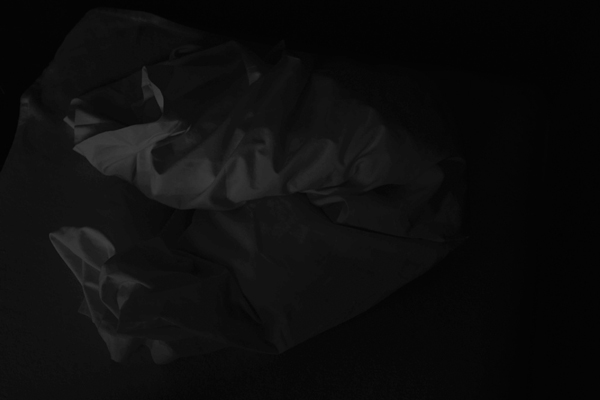
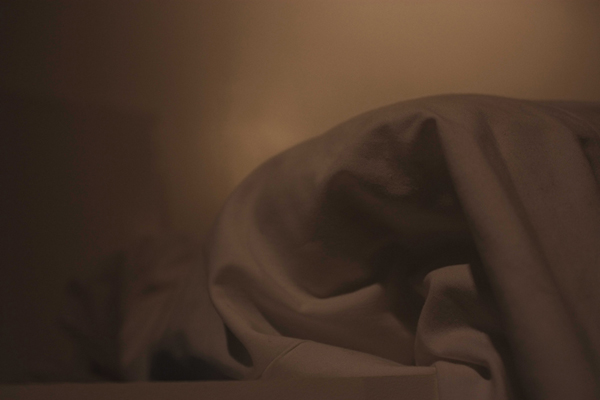
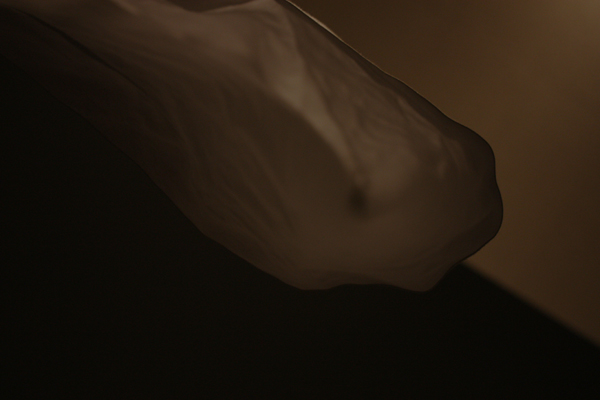
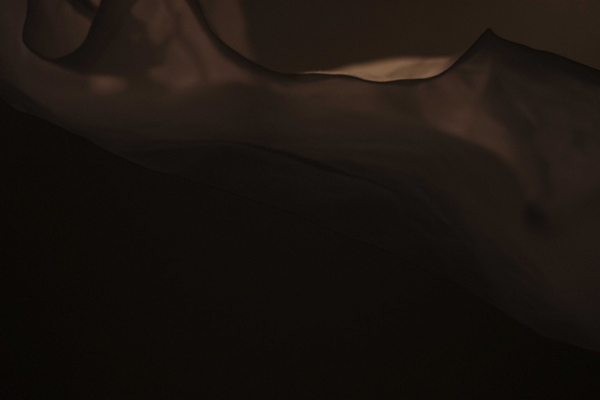
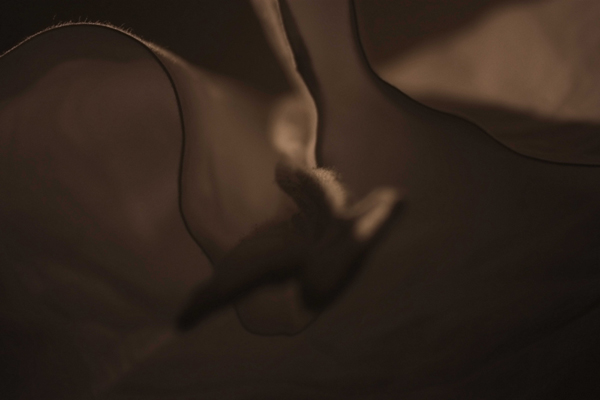
On "Away from Clarity…"
Eslek, establishes her narrative in "Away from Clarity" through human body, milk and photography. Photography is a means in itself just like human body and milk, since photography is a narrative device preferred for its temporality. A means just like paper, paint or milk.
The photographs of genderless bodies in Eslek's series, was composed by overlapping and replicating several layers of a single frame. It is an effort to push the limits of photography in digital environment and approaching infinity. And what makes her practice unique is exactly this stance. In this way, concepts of space and time revealed by photography, disappears. Consequently, the series becomes intelligible for anyone, almost isolating itself from the artist, creates its own space and time.
Çınar: To me, if you have this concern for practicing art, you have to know the medium inside out and know where to use it. I am not sure if I achieved this or not, but at least I have a concern like this. For the medium is a tool for expression. You cannot use photography if you are to make this table. You have to be aware of this conceptually, to use the medium accordingly.
At this point, theory is very crucial surely, but it is just a part of the process. The reality of something...Since it eventually comes to that matter and it's the same with meaning. Why milk, why are the bodies genderless? In the end, we are a part of social systems and there are lots of meanings ascribed to systems. When we detach all these meanings, what remains and what shall we do?
These meanings are taught, imposed upon us, they are intrinsic to us...We cannot help but think about them. I start with the question of meaning, how it can be simplified so as to come closer to what it actually problematizes, what it actually means. What remains after we unveil it, what is there to do for us? When we are free from all those meanings and concepts...or whatever it is, digital medium etc...This is essentially associated with the issue of representation ascribed to them. Surely, when you problematize representation, you cannot escape from representation itself, what you do is also representational. Much as you criticize it, when you present something and if it is some kind of a medium, it represents something. So, it is inevitable.

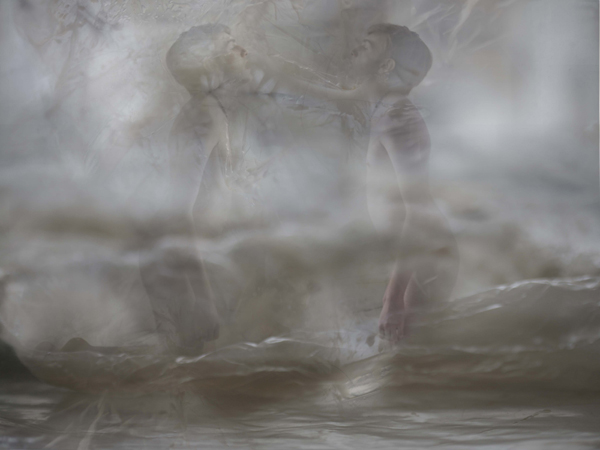
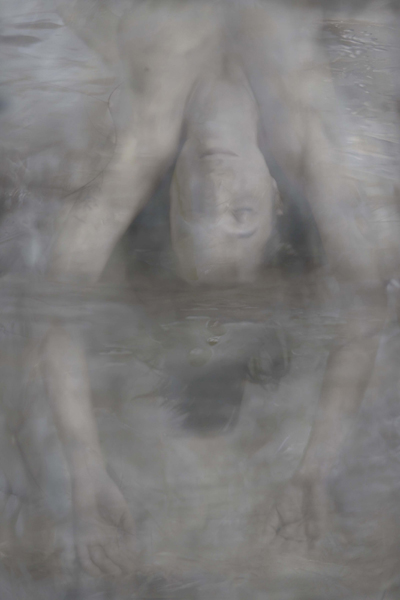
The way Eslek uses different mediums in her practice, opens a way for her to deal with the question of theory as well. For if she makes a reference to the issue of time, she can choose using photography. It is also the reason why no one medium precedes another in her works, like painting or photography, and that is why she sees them all as different tools in her practice…
Çağrı: I think, the reason you give theory prominence stems from the fact that you majored in painting.
Çınar: The people majored in painting does not have a concern like this. Actually, for them painting precedes all other mediums. Indeed, the medium itself is praised, so they are unable to go beyond being an artisan. The language of "making art" starts with questioning, rather than having majored in photography or another discipline. The best example here is Duchamp. The people who practices only painting says "It is much like a painting." Others, tells me "I wish you'd make it more like a painting." But it is impossible, for painting as a medium doesn't allow it. Above all, the issue is time, and there is no concept of time in painting. The time is continuous and frozen in painting. On the other hand, in photography you deal with the issue of time from scratch! One should apprehend this fully.
Şener: But then, photography is also insufficient. Digital imaging comes into the picture. You create the visual by putting together new layers in digital environment. So, the question if it is close to painting or not, loses its meaning. Hence, we get back to the point where you started.
Çınar: Such as digital environment, there is this reality. After all, we don't deny it, and when the medium itself becomes prominent there...Barthes' notion of atmosphere and the desired effect of the work...The notion of work having a place, an atmosphere on its own or its placelessness, its legibility...

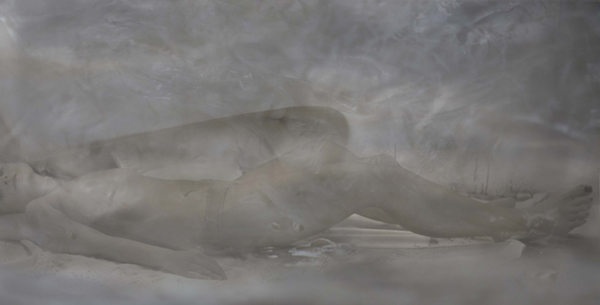
On the Relationship between Her Works…
Çağrı: In your other interviews, the relationship between your pieces are a subject of discussion. But there is no mention of the titles of your exhibitions and their relationship with the photographs.
Çınar: They cannot, why mention it? There are a lot of problems far more prominent than the title. So, the point never comes to the title. Why "Away from Clarity"? I named that piece deliberately. The concept of clarity, the concept of substance, of essence... My practice here also involves criticizing this system. When I say "Away from Clarity," I also present a clarity. The medium also comprises clarity.
Conjunctions are important, there is always a continuation after conjunctions. You always have another thing to say. The finesse of conjunctions, is that, they are always and they don't mean anything by themselves. They only mean something in relation to another thing. In "Therefore" I still have something to say. A statement outside of this society, and a statement I cannot make clearly.
"Also" is singular and essential as well. That piece involved painting, photography and video. I took pictures of the rotten potatoes I had at the time. Potatoes are things that expire, they are living. I preferred photography because it is in-organic. You use that mechanical structure to seize something living and you create a contrast. So, there is a conflict between the medium and the content. The paintings were such that they are completely inanimate, motionless. Then, the issue of time in painting is as such. Whereas in the video, there were cyclical fragments which gather them together, just like the universe. Then, those fragments coalesced and they scattered. It was like a completion of all these fragments that are scattered. In other words, I combined the medium and the content of the work and made them collide.

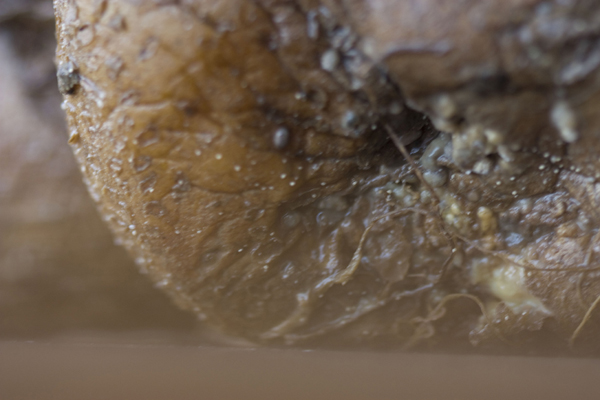
Çağrı: In your works as a whole, we see a connection in terms of visual aesthetics. A stance in which we see the use of narration via medium, a contrast or an analogy between the combination of narration and medium, and combination of medium and theory. Apart from these, is there any other stance where you combine them all together as one narrative? Or do we have to perceive them all as different narratives in themselves?
Çınar: Actually, all together as one narrative. For no exhibition is independent from the other. All are a continuation of the previous one. After all, I always do photography series. Series are crucial for me. I prefer to go deeper than the general view. Because I also want to reverse what is linear. That's why I think by doing series I get as many fragments as possible. And an effort to create a general narrative... Just like presenting a theory...Offering a proposition from a minor notion or narrating the whole. It is a matter of preference, right now I prefer to go in this direction, but I don't know what the future brings. Maybe, I will do something very representational.
Çağrı: I guess, when we consider your works as a whole, we should see them as a non-finished pile to be multiplied rather than a finished or an unfinished statement.
Çınar: It is best to see them as a density.
Şener: That's how the conjunctions make it possible. When you say "therefore" and add something, nothing gets spoiled, rather it becomes enriched.
Çınar: To create a space of density, to generate from that space some clarity. Anyway, it is also a subject of discussion. To utter something...The artist takes something from the heavens and places it into the universe. When that thing becomes part of the universe, s/he takes another and places it. As a result, because the universe includes the thing s/he places, the utterance continues. This problematic never ceases. S/he presents what is occupying his/her mind and this never ends. If it does, then there is no reason to strive for it.